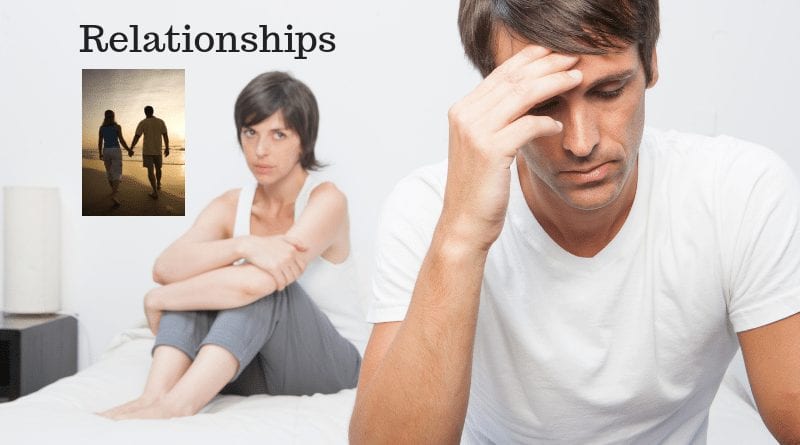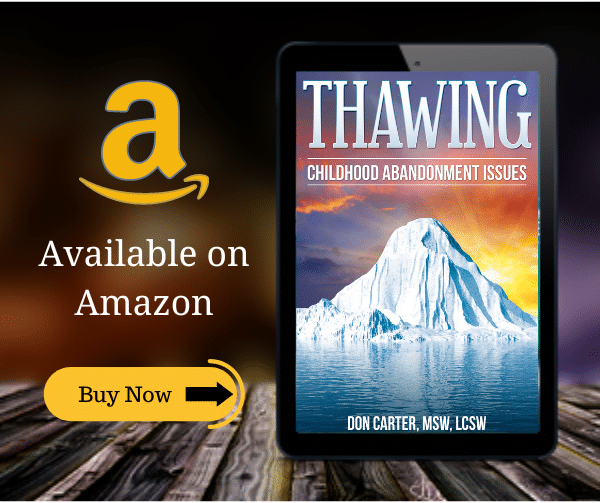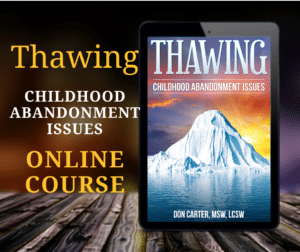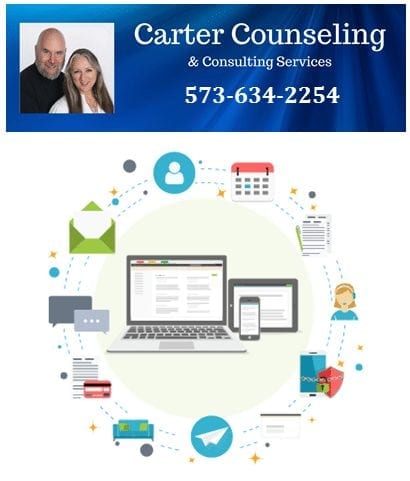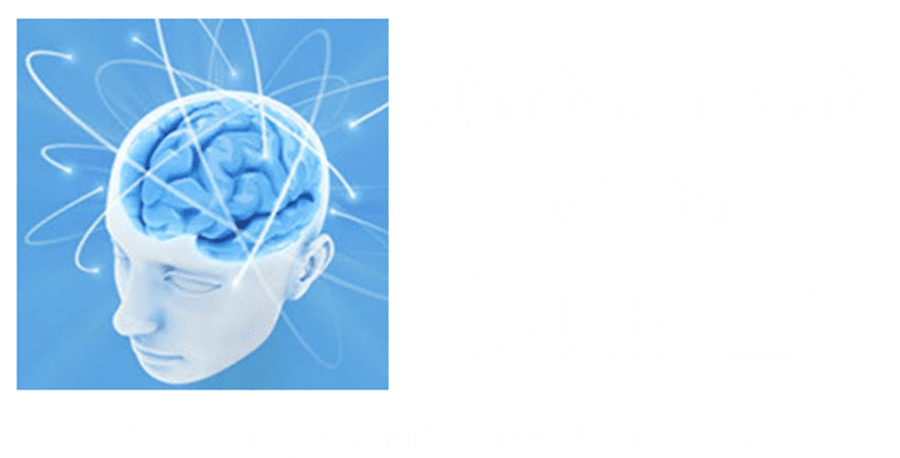
Codependency in Relationships
Codependency in relationships is usually rooted in children of alcoholic or other addictive parents. They typically experience moderate-to-severe relationship problems due to their family dynamics. In fact, there are a couple of well known 12-step groups just for them — Codependents Anonymous and Adult Children of Alcoholics.
The Drama Triangle and Addictive Families
If you have not already done so…Click here to learn about the Drama Triangle in order to fully understand the ideas presented on this page.
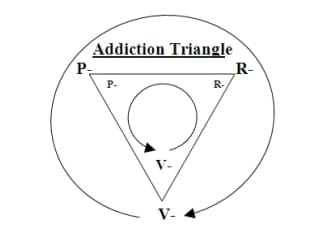
Codependency in Relationships – Inner World
The addicted individual — whether addicted to drugs, alcohol, gambling, rage, food, sex, work, drama, or whatever — goes through a predictable cycle commonly referred to as the addiction cycle. The above diagram shows how that cycle fits on the Drama Triangle.
If you will notice, there is a counter-clockwise cycle in the inner world of the person and an opposite, clockwise rotation in their outer world as represented by the arrows.
Below is an example of the Inner-Cycle of experience for the addicted person:
- In the Victim Corner the addicted person feels victimized internally by emotional pain such as loneliness, depression, or anxiety…or by boredom due to emotional numbness… and in the later stages by the physical discomfort of withdrawal symptoms.Their brain begins to sort through its database for solutions and comes up with… you guessed it!… acting-out the addictive behavior. And when the person tries to resist, the subconscious mind applies more pressure to act-out by creating obsessions (unwanted thoughts) followed by compulsion (unwanted behavior).
- In the Rescuer Corner, the compulsion is given into as a means of rescuing self from the discomfort. In order for this to occur without adding more discomfort in the form of guilt and shame, the subconscious mind comes to the rescue internally by creating denial which makes it at least somewhat okay to act-out the addiction — “this time things will be different!”
- In the Persecutor Corner there is a subconscious… and sometimes not so subconscious… inner dialog of persecution for yet another addictive escapade resulting in guilt, shame, and in the later stages, even self-contempt. The inner persecutor demands punishment before things can be made right.
Codependency in Relationships – Outer World
You may notice the outer-cycle of public behavior rotates in the opposite direction of the inner-cycle of self-talk — from Victim to Persecutor to Rescuer and back to Victim again.
Below is an example of the Outer-Cycle of experience for the addicted person:
- In the Victim Corner, the addicted person feels victimized externally by the punishments and controlling the behavior of their significant others. Their self-talk and denial create these feelings and cause a build-up of tension that translates into a good reason to act-out their addictive behavior.
- In the Persecutor Corner, the addicted person’s negative external consequences affect everyone close to them. These persecutions may be social (e.g. embarrassment & humiliation), emotional (e.g., worry & depression), physical (migraines, ulcers), and financial (e.g., legal fees, fines, blown money), just to name a few.
- In the Rescuer Corner, There is typically significant codependency in relationships with parents, children, spouses, siblings, employers, friends, and clergy. They can all play the Rescuers as they try unsuccessfully to “get through” to the addicted person by bailing them out of trouble, loaning them money, making excuses and covering up the problems.And, of course, the addicted person also enters the Rescue efforts by promising to control his/her behavior and goes into a “too good to be true” phase that doesn’t last once penance is paid and forgiveness is given.Rescuing in this scenario is called enabling behavior because it enables the person to avoid pain… the very pain that may have helped them hit bottom sooner and reach-out for help.
The Codependent Triangle
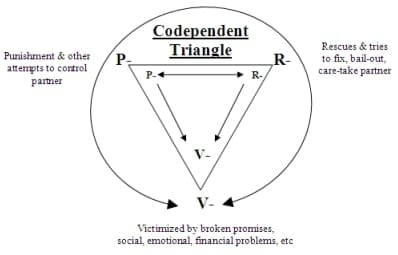
The Codependent Triangle is essentially a map of a very chaotic lifestyle. Outwardly, codependency in relationships is about others trying unsuccessfully to stop or control the addictive behavior of their friend or family member. Their outer-world of behavior can rotate in either direction or even vacillate rapidly back and forth in either direction.
While on the inside they flip back and forth between inner-Persecutor… by blaming and guilting themselves for not being able to stop or get through to their loved one…to inner Rescuer by making excuses why it is impossible to get off the merry-go-round by protecting & take better care of themselves.
Both the inner Persecutor and inner Rescuer end up heaping tons of guilt and shame on the inner Victim to the extent that it has a different name here — the inner Martyr — because of the daily sacrifices and losses incurred as a result of their codependency in relationships.

